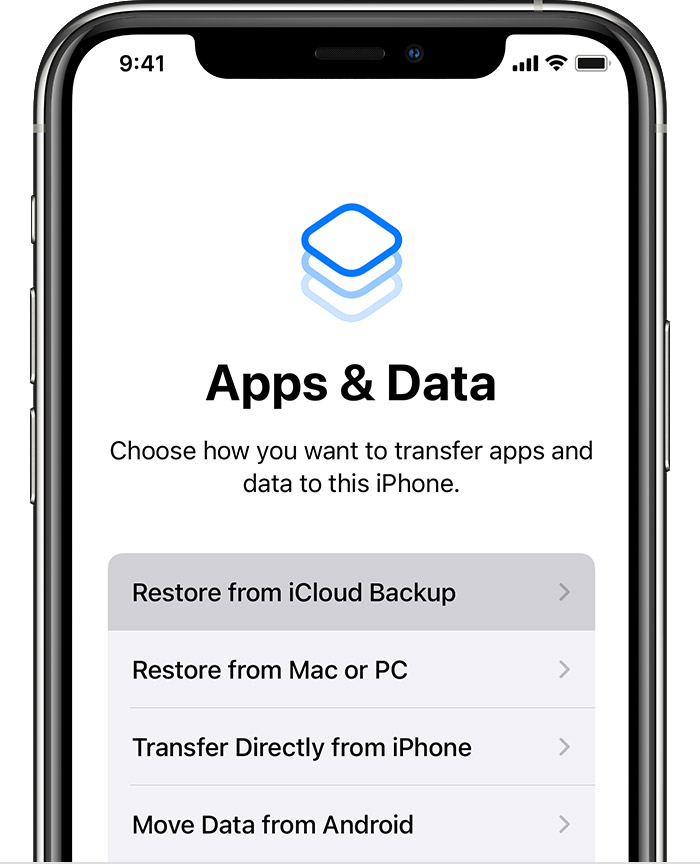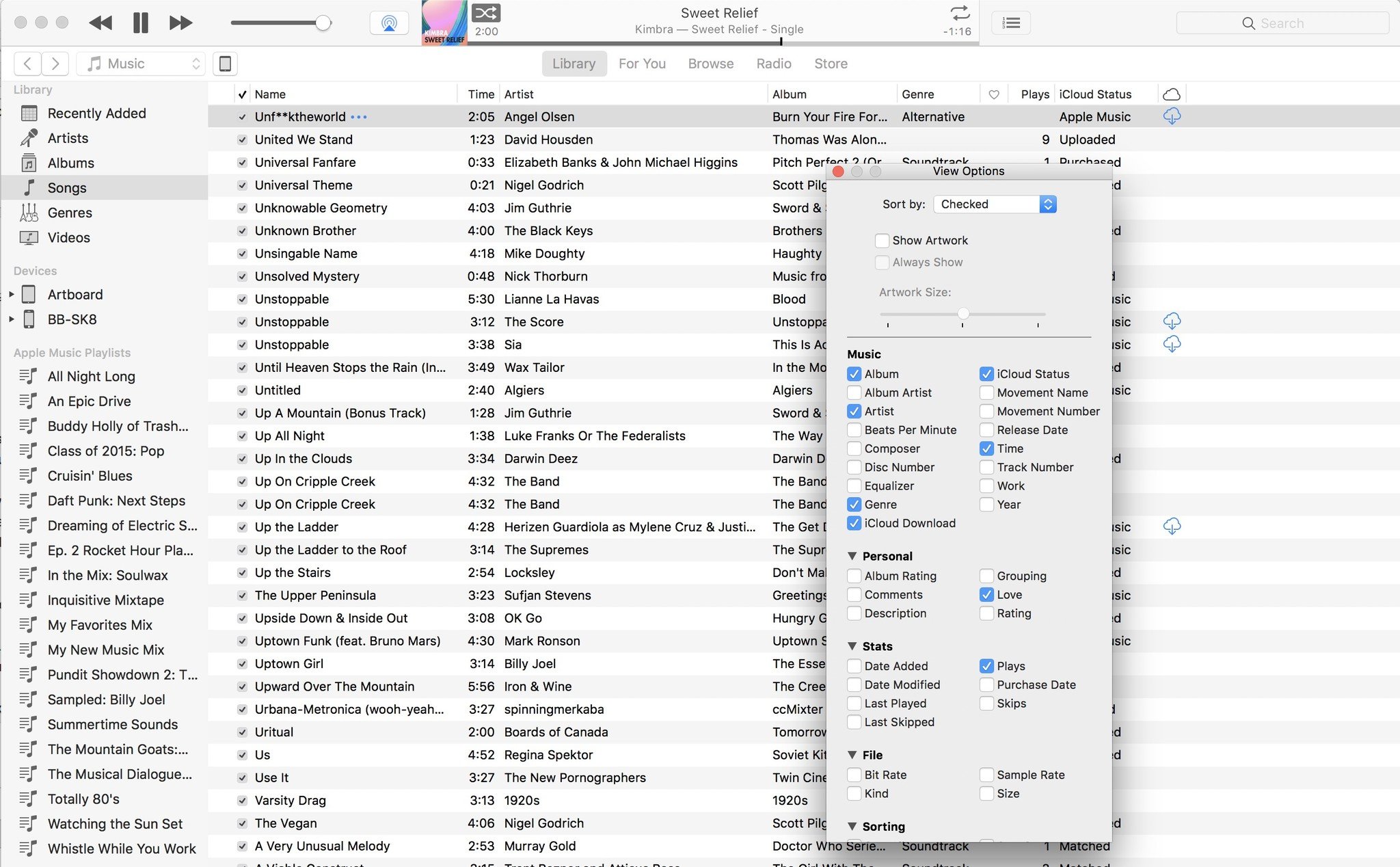
To change that, open System Preferences, click Notifications and see which alert style is selected for a particular app.

(But I didn't think to investigate this setting until Mountain Lion began repeatedly reminding me of a friend's birthday, no matter how many times I clicked the "Close" or "Snooze" buttons in that alert.) For example, it had birthday notifications stacking up at the right of my screen Facebook already works to remind me of most of my friends' special days.

And Apple's defaults have more notifications coming as alerts than you might want. But not all of these updates will go away on their own.īanners appear and then whisk themselves out of sight a few seconds later, while alerts require a click on a button before they vanish. Mountain Lion's Notifications Center represents a useful borrowing from Apple's mobile operating system, helpfully bubbling up brief notices about incoming e-mails and impending appointments. Tip: Mountain Lion "banners" are less annoying than "alerts."
If you drag a file in, it moves automatically - but remember that you won't necessarily be able to open that file in an iCloud-aware app. If you select a batch of files and drag them to any other Finder window, you'll get a warning that they'll be moved out of iCloud and deleted from other iCloud apps.
#Download from icloud to mac mac os
(You can also edit file names in this iCloud dialog, like what Windows has long permitted but unlike the rest of Mac OS X.) You're now looking at the iCloud version of the standard Mac file window - but unlike regular Mac dialogs, you can drag files in or out of it. Ignore the "Move." menu item under the File menu of iCloud-aware apps, which lets you transfer one file at a time, and instead select "Open." and then choose iCloud from the top left corner of that file-management dialog. This is a strange way to design a cloud system "Sharing done wrong," as a piece by Macworld's Dan Moren put it.īut while you can't tweak iCloud to become a program-independent, collaboration-friendly service, you can work around an application fixation that seems an unwanted borrowing from iOS. But for other types of document sharing - moving a file from one program to another, working on it with another person, and moving it from one machine to another - iCloud doesn't so much break down as it never works in the first place. That's fine if you're just working on a file between two computers, such as when I start a post in TextEdit on my iMac and finish it in my MacBook Air's copy of that application. (If you use Apple's iWork apps - Pages, Numbers and Keynote - you get more flexible access to iCloud files on the Web via /iwork.)

You create a file in, say, TextEdit and save it in iCloud from then on, you can only see that file in other copies of TextEdit. When Apple introduced this set of Web services in 2011, you could have been forgiven for thinking iCloud would follow other "cloud" services in looking and working like any other folder on your desktop, even as it safely stored your files in some faraway data center.īut instead of providing the sort of device-to-device synchronization you get with the likes of Dropbox, Google Drive or Microsoft's SkyDrive, iCloud operates on an app-to-app basis. Question: How do I move files from iCloud to a Mac without opening individual items in TextEdit or Preview and then moving them elsewhere?Īnswer.


 0 kommentar(er)
0 kommentar(er)
